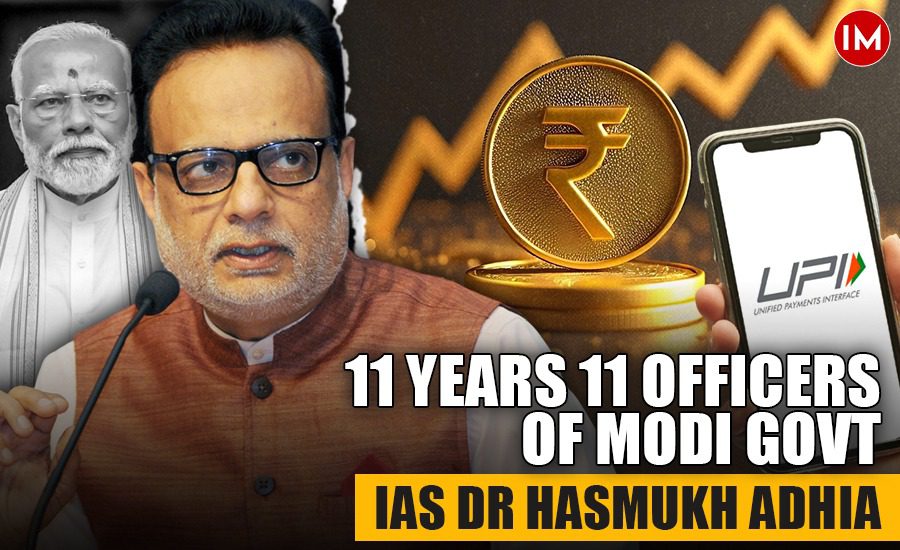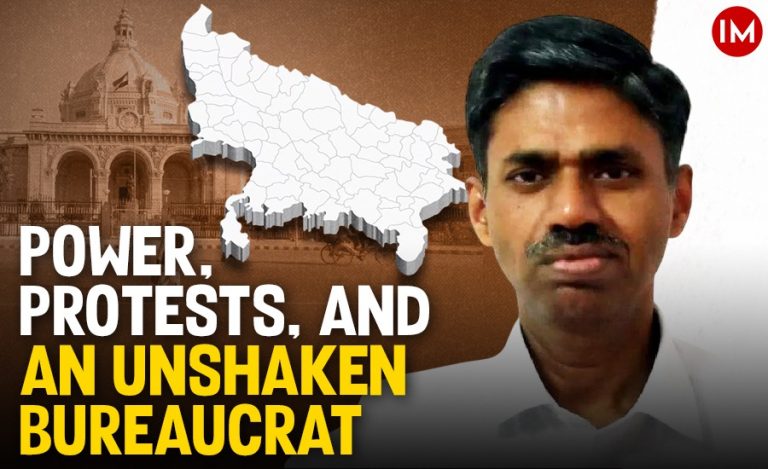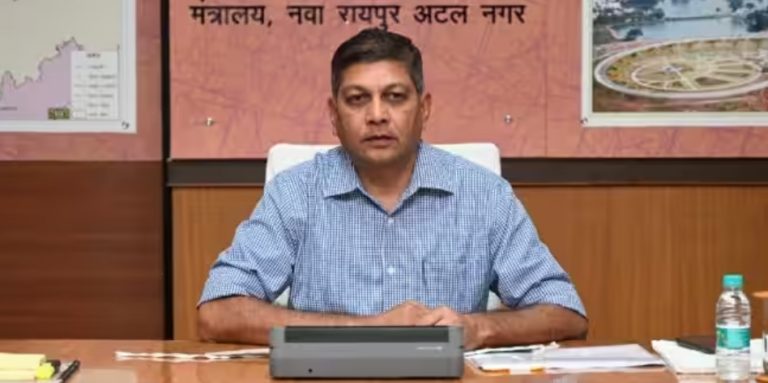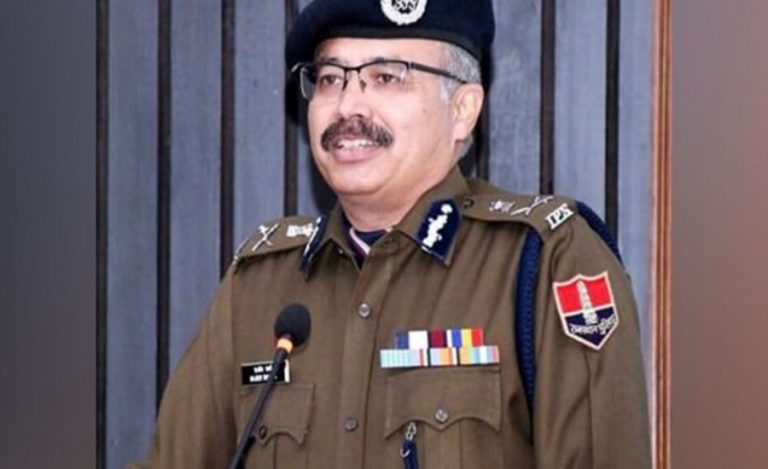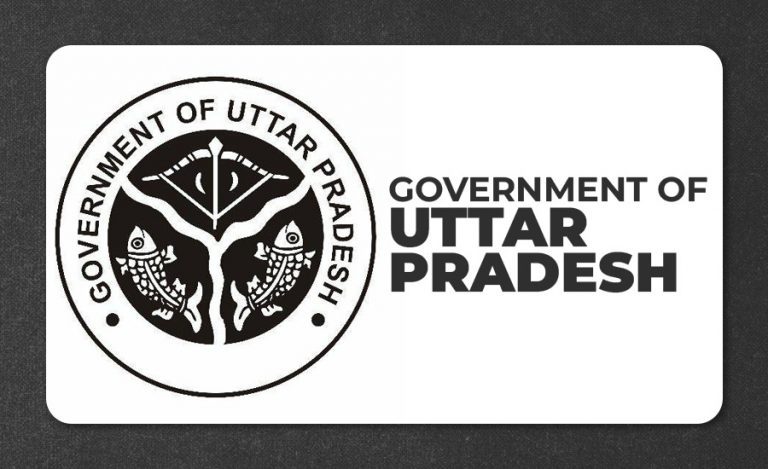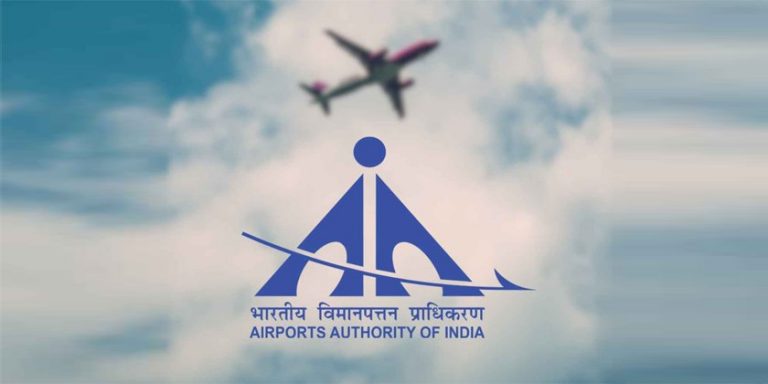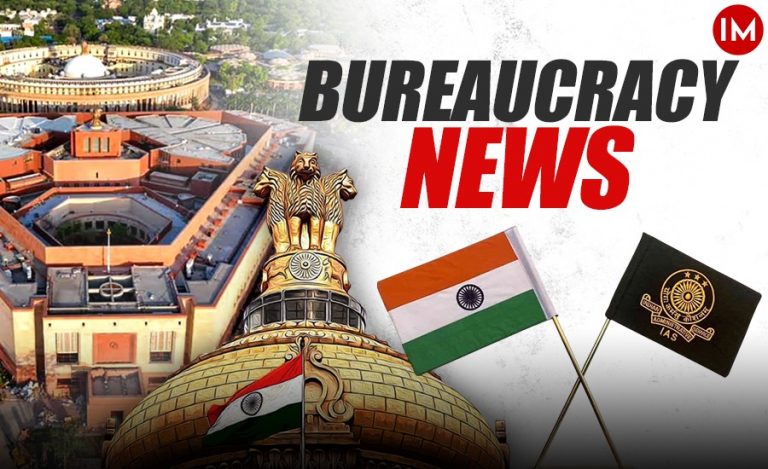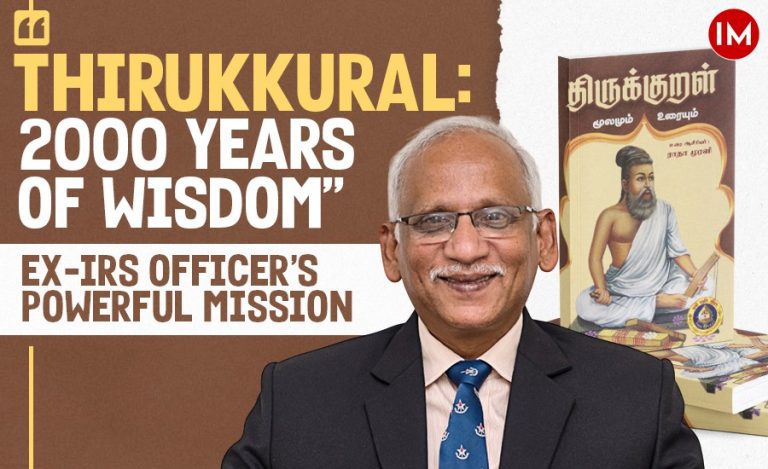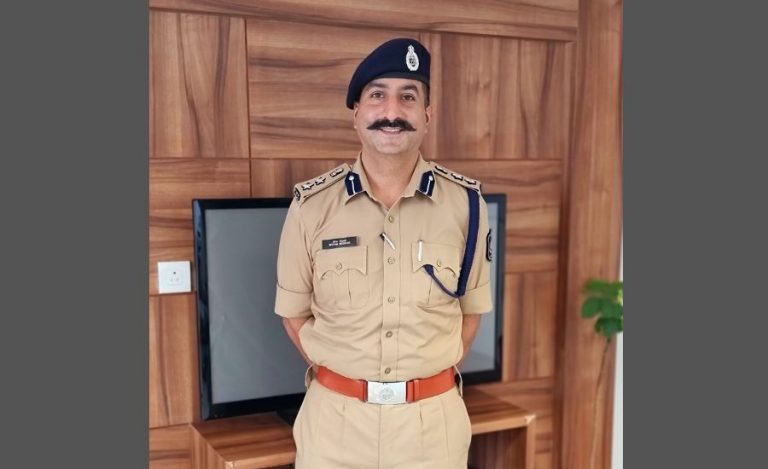When history looks back at the transformative decade of Prime Minister Narendra Modi’s governance, the headlines will remember bold reforms – demonetization, GST, and a redefined economic framework. But behind the decisive announcements and sweeping fiscal shifts stood a quiet, methodical mind – 1981 batch IAS officer Dr Hasmukh Adhia, the bureaucrat who helped architect two of the most ambitious reforms in modern India.
For most Indians, his name was unfamiliar – until November 2016, when the currency they held was rendered invalid overnight. As the then Revenue Secretary and later Finance Secretary, Dr Adhia was not just a note in the footnotes of these reforms. He was a key player behind their design and execution. From the drawing boards of demonetization to the marathon sessions that shaped the Goods and Services Tax (GST), Adhia was the engine room of Modi’s economic restructuring.
But his journey, like the reforms he championed, has been anything but simple.
THE BUREAUCRAT BEHIND THE CURTAIN
A Gujarat cadre officer, Dr Adhia built his career in the shadows of administration – meticulous, quiet, and focused. His stint as Principal Secretary to then Gujarat Chief Minister Narendra Modi laid the foundation for the trust he would later enjoy at the Centre.
Armed with academic credentials that bridge commerce and consciousness – holding a PhD in Yoga and management from Swami Vivekananda Yoga University and a gold medal from IIM Bangalore – Adhia brought an unusual blend of discipline, detachment, and delivery to governance.
He moved swiftly through ranks – from managing Gujarat’s financial machinery to heading the Union Ministry of Finance’s most sensitive portfolios as Financial Services Secretary and later, Revenue Secretary. By 2017, he had risen to become the Finance Secretary, making him one of the most powerful bureaucrats in the Modi government.
GST AND DEMONETIZATION: THE TWIN PILLARS OF REFORM
Adhia’s name will forever be associated with two of the Modi era’s most disruptive economic policies: the introduction of GST and demonetization.
The Goods and Services Tax, hailed as India’s boldest tax reform since independence, aimed to simplify the nation’s convoluted indirect tax system. As its chief architect, Adhia worked closely with policymakers, state governments, and technocrats to birth a nationwide system meant to unify the market. The reform brought initial chaos and confusion, especially among small businesses, but its long-term intent was clear: formalize the economy and widen the tax base.
More polarizing was demonetization – announced on November 8, 2016. Adhia was reportedly one of the very few insiders privy to this radical move. Its aim to curb black money and counterfeit currency disrupted daily life for millions, drew heavy criticism from economists, but also won admiration for its audacity. The true effectiveness of the move remains debated, but its legacy is undeniable.
POST-RETIREMENT AND CONTINUED INFLUENCE
After retiring from the IAS in 2018, Adhia declined many central assignments, citing a desire to focus on spirituality and family. Yet, he never fully stepped away from public service. He now chairs key Gujarat PSUs like GACL and GMDC, serves as Chancellor of the Central University of Gujarat, and is Chief Advisor to the Gujarat Chief Minister.
His quiet reemergence post-retirement underscores his enduring influence in shaping policy and governance, especially in Gujarat.
A CAREER NOT WITHOUT CONTROVERSY
Like the policies he helped execute, Adhia’s career has been polarizing.
Critics have questioned his role in contentious decisions – like the imposition of the Long-Term Capital Gains (LTCG) tax, which rattled investor sentiment and sparked a market crash. He was also accused of interfering in high-profile investigations and promotions within the Enforcement Directorate. Subramanian Swamy’s Supreme Court petition defending an ED officer allegedly blocked by Adhia thrust him briefly into political controversy.
Among the salaried middle class, his fiscal policies – particularly high taxes without increased exemptions – drew criticism. A quote attributed to him, suggesting that market-investing taxpayers could be taxed more, only added fuel to the fire.
LEGACY OF A LOYAL TECHNOCRAT
Despite the debates surrounding his decisions, Dr Adhia remains a quintessential bureaucrat – driven by purpose, guided by principle, and trusted by the political leadership he served.
Arun Jaitley once described him as a “highly competent, disciplined, no-nonsense civil servant with impeccable integrity.” That trust, built over decades, helped Adhia leave an indelible mark on India’s fiscal and administrative architecture.
As the Modi government completes 11 years, celebrating bureaucrats like Adhia isn’t about endorsing every policy or defending every decision. It’s about acknowledging the complex machinery of governance – and the technocrats who, far from the spotlight, shape a nation’s destiny.
Dr HASMUKH ADHIA AT A GLANCE
- Born: November 3, 1958
- IAS Batch: 1981, Gujarat Cadre
- Education: PhD in Yoga, IIM Bangalore Gold Medalist (PGP-PMP), M.Com from Gujarat University
- Key Roles: Finance Secretary, Revenue Secretary, Financial Services Secretary, Chief Advisor to Gujarat CM
- Major Contributions: GST Implementation, Demonetization Execution, Public Sector Reforms in Gujarat
- Current Roles: Chairman of GACL & GMDC, Chancellor – Central University of Gujarat

